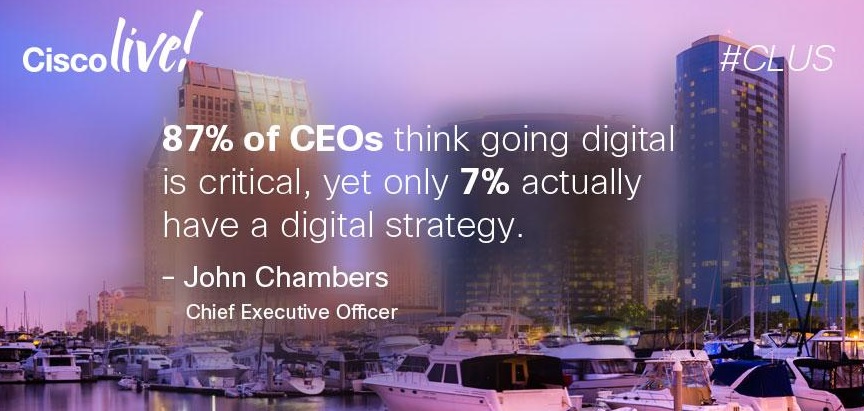San Jose, June 30, 2015: One of the biggest players in the Internet of Things (IoT) arena, Cisco has introduced the Cisco IoT System to address the “complexity of digitisation”, with an infrastructure platform that was designed to manage large scale, diverse systems, and the “data deluge” they created.
Cisco had previously estimated that 50 billion devices and objects would be connected to the Internet by 2020. Yet today, over 99 percent of things in the physical world remained unconnected. It was precisely to capitalise on this “unprecedented opportunity” that companies and even cities were increasingly deploying IoT solutions. And this area was where Cisco was planning to move in since digitisation was a complex exercise.
 The new Cisco IoT System comprised six critical technology elements or ‘pillars’ which — when combined together into an architecture — helped reduce the complexities of digitisation. Cisco also announced 15 new IoT products within the six pillars.
The new Cisco IoT System comprised six critical technology elements or ‘pillars’ which — when combined together into an architecture — helped reduce the complexities of digitisation. Cisco also announced 15 new IoT products within the six pillars.
Said Kip Compton, Vice President and General Manager, IoT Systems and Software Group, Cisco, “The Cisco IoT System provides a comprehensive set of IoT technologies and products that simplify and accelerate the deployment of infrastructure for the Internet of Things. This unique systems approach delivers a framework that makes it possible to deploy, accelerate and innovate with IoT.”
The six pillars of the new Cisco IoT System were as follows:
1. Network Connectivity: This pillar included purpose-built routing, switching, and wireless products available in ruggedised and non-ruggedised form factors.
2. Fog Computing: ‘Fog’ is a distributed computing infrastructure for the IoT which extended computing capability — and thereby data analytics applications — to the ‘edge’ of networks. It enabled customers to analyse and manage data locally.
3. Security: The security pillar of the IoT System unified cyber and physical security to deliver operational benefits and to increase the protection of both physical and digital assets.
4. Data Analytics: The Cisco IoT System provided an optimised infrastructure to implement analytics and harness actionable data for both the Cisco Connected Analytics(TM) Portfolio and third party analytics software.
5. Management and Automation: The IoT System provided enhanced security, control and support for multiple siloed functions to deliver an easy-to-use system for managing an increasing volume of endpoints and applications, field operators need an easy-to-use management system.
6. Application Enablement Platform: Offered a set of APIs for industries and cities, ecosystem partners and third-party vendors to design, develop and deploy their own applications on the foundation of IoT System capabilities.
Cisco also introduced over 15 new IoT products including:
IE5000, purpose-built IE switch that brought connectivity to factory-level manufacturing and cities, 7 new industrial routers with WiFi and 4G/LTE connectivity, ideal for transportation or IoT application deployments, 4G/LTE module for CGR 1000 for utilities, Mobile IP Gateway (MIG-2450) for connected rail solutions, and 5921 Embedded Services Routers for defense extend reach of industrial networking into remote environments.
Data analytics fog data services that will allow operators to create policies that monitor and take actions on data flowing through the IoT environment, residing on the IOx platform.
You may also want to read: At Barcelona Mobile Congress, Cisco chief talks of immense potential of IoE
Image Credit: Cisco/Twitter
– Advertising Message –
